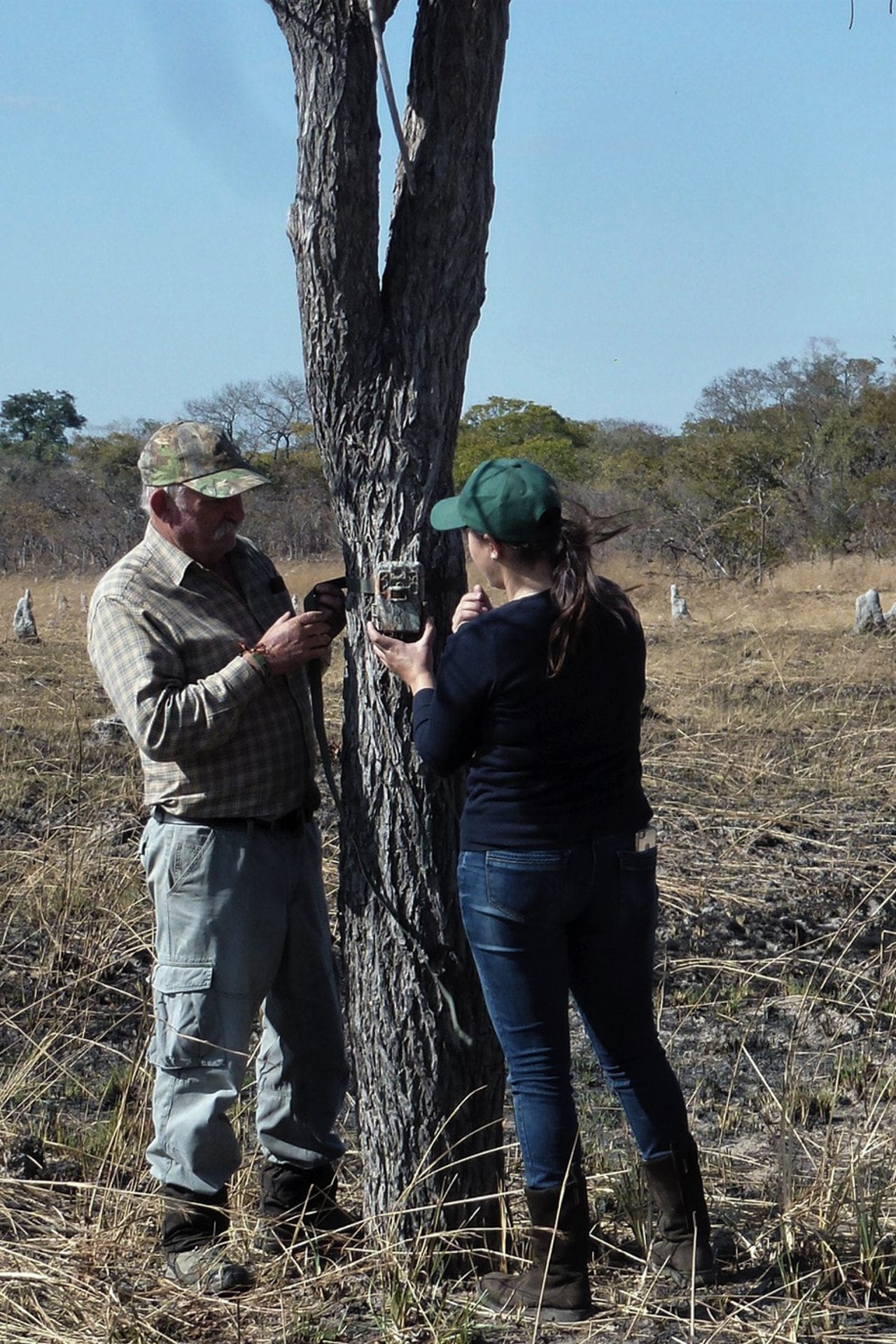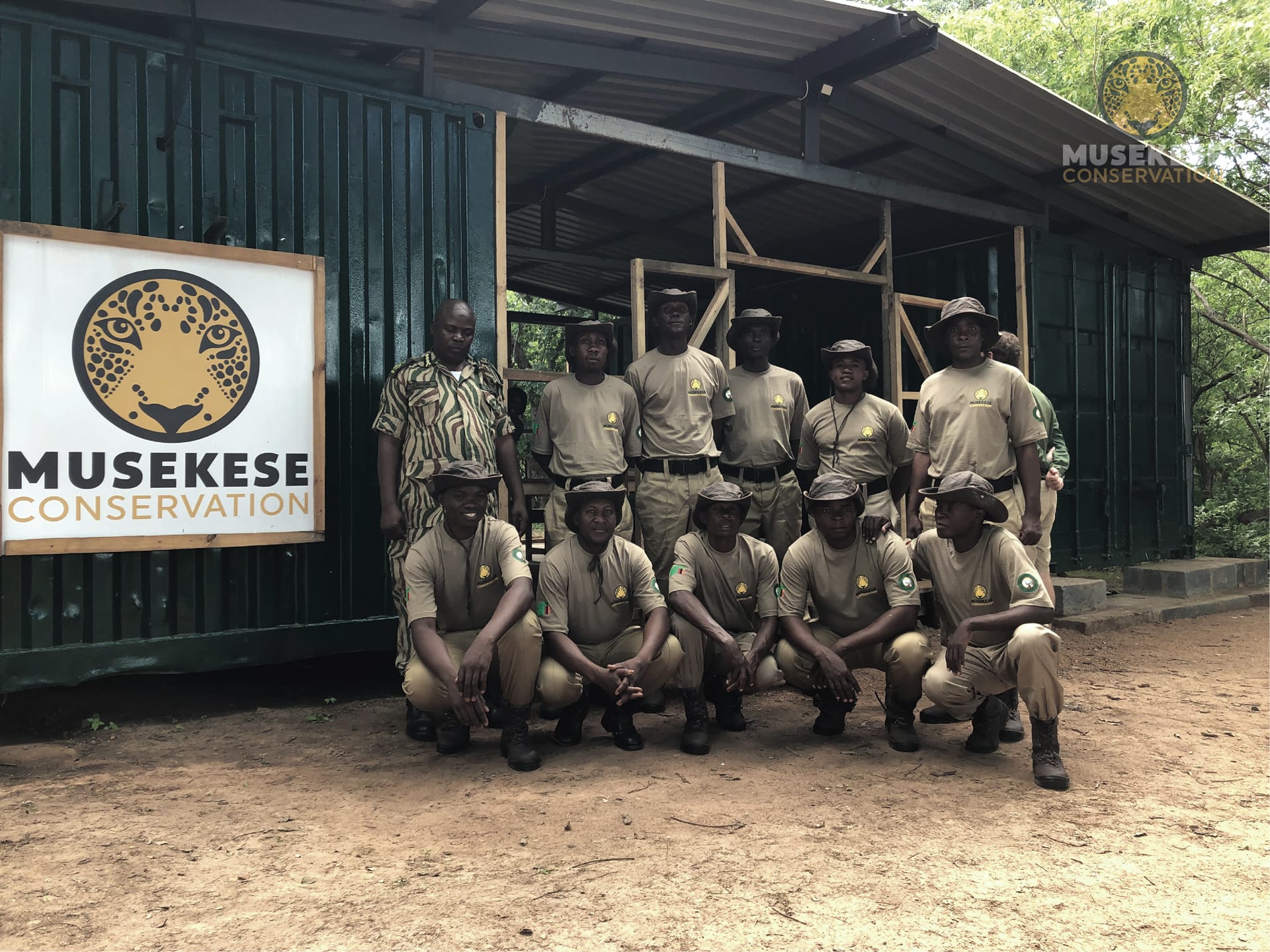The Canid Howl Project are a research group dedicated to understanding more about the vocalisations of the Canidae family; specifically wolves, coyotes and dogs
This particular project focuses on wolves in Wisconsin, USA, with the aim being to show that wolves don’t always have to be tracked and monitored by expensive and intrusive GPS collars but instead by simply using their howls…
The team want to find out if by tracking howls they’re able to help reduce the instances of human/wolf conflict in areas where the wolves are returning to their historic home ranges which are now populated.



Andean bear conservation in the Peruvian coastal desert…


Ensuring wildlife corridors are kept safe for some of Africa’s most enigmatic species…


Providing Musekese Conservation with the kit needed to survey and protect an area bigger than Lake District National Park to help guide anti-poaching efforts in Zambia…


On the look-out for one of Britains most elusive mammals…